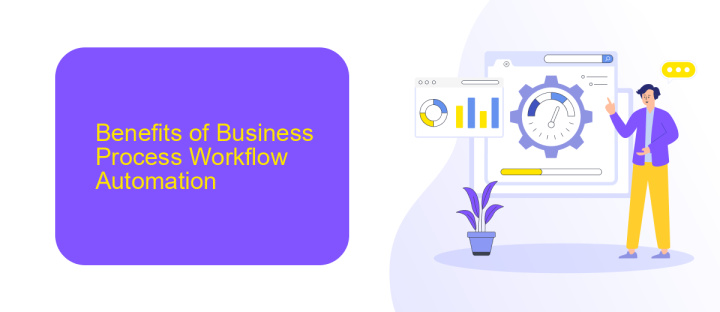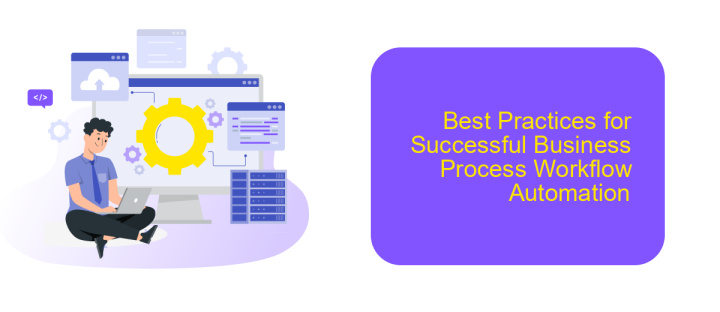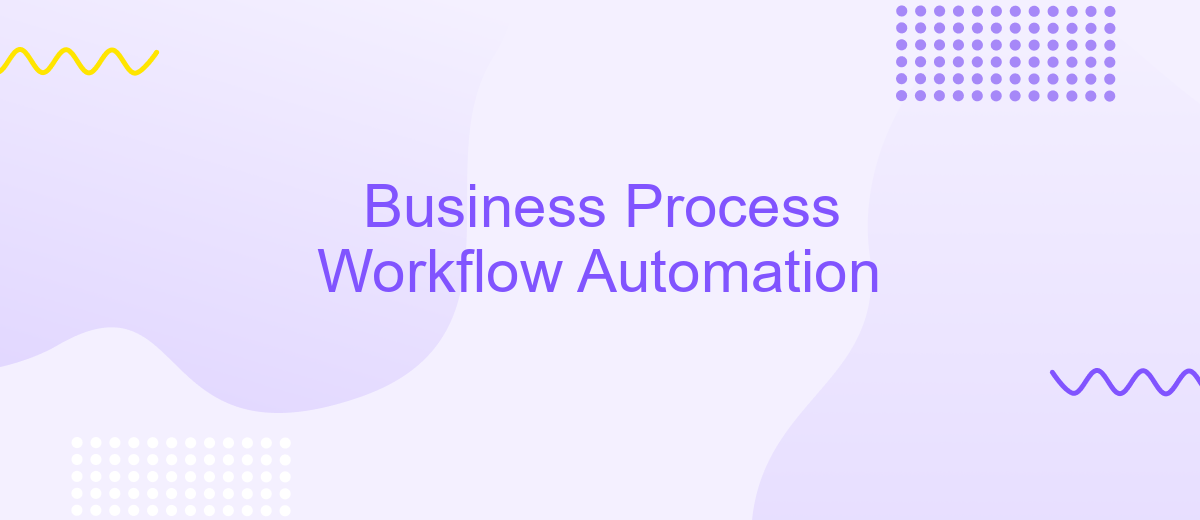Business Process Workflow Automation
In today's fast-paced business environment, workflow automation has become a game-changer for organizations striving for efficiency and productivity. By automating repetitive tasks and streamlining processes, businesses can reduce human error, save time, and allocate resources more effectively. This article explores the benefits, key strategies, and tools for implementing business process workflow automation to drive operational excellence.
Introduction
In today's rapidly evolving business environment, organizations are increasingly turning to automation to streamline their workflows and enhance operational efficiency. Business Process Workflow Automation (BPWA) enables companies to automate repetitive tasks, reduce human error, and improve overall productivity. This technology is becoming essential for businesses striving to stay competitive and agile.
- Reduces manual intervention and minimizes errors
- Enhances productivity and operational efficiency
- Facilitates seamless integration with existing systems
- Improves compliance and tracking of business processes
One of the key aspects of BPWA is the ability to integrate various systems and applications. Services like ApiX-Drive play a crucial role in this regard by offering a platform that simplifies the integration process. By connecting different software solutions, ApiX-Drive helps businesses automate data transfer and synchronization, allowing for a more cohesive and efficient workflow. This not only saves time but also ensures that all systems are up-to-date and functioning harmoniously.
Benefits of Business Process Workflow Automation

Business process workflow automation significantly enhances operational efficiency by streamlining repetitive tasks, reducing the margin for human error, and ensuring consistency in output. Automated workflows facilitate quicker task completion, enabling employees to focus on more strategic, high-value activities. This not only boosts productivity but also improves overall job satisfaction as mundane tasks are minimized.
Moreover, automation provides better visibility and control over business processes, allowing for real-time monitoring and quicker identification of bottlenecks. Integration tools like ApiX-Drive play a crucial role in this ecosystem by enabling seamless connectivity between various software applications. This ensures smooth data flow and communication across different platforms, further optimizing the automated workflows. As a result, businesses can achieve greater agility, scalability, and a competitive edge in their respective markets.
Key Considerations for Implementing Business Process Workflow Automation

Implementing business process workflow automation requires careful consideration to ensure success and efficiency. Here are some key factors to keep in mind:
- Identify Clear Objectives: Define what you aim to achieve with automation, such as reducing manual tasks, improving accuracy, or speeding up processes.
- Choose the Right Tools: Select automation tools that align with your business needs. Platforms like ApiX-Drive can simplify integration between various services and streamline workflows.
- Evaluate Security and Compliance: Ensure that the automation solutions comply with industry regulations and safeguard sensitive data.
- Employee Training and Buy-In: Train your staff on new automated processes and secure their support to ensure smooth implementation.
- Monitor and Optimize: Continuously monitor the automated workflows and make necessary adjustments to optimize performance and address any issues.
By carefully considering these factors, businesses can successfully implement workflow automation, leading to increased efficiency, reduced errors, and significant cost savings. Utilizing services like ApiX-Drive can further enhance integration capabilities, making the transition smoother and more effective.
Best Practices for Successful Business Process Workflow Automation

Implementing business process workflow automation can significantly enhance efficiency and productivity within an organization. To ensure successful automation, it's crucial to follow best practices that align with your business goals and operational needs.
Begin by thoroughly analyzing your current workflows to identify repetitive tasks that can be automated. This helps in understanding the areas where automation will have the most impact. Additionally, choose the right tools and platforms that offer flexibility and scalability to grow with your business.
- Define clear objectives and goals for your automation projects.
- Ensure seamless integration with existing systems using tools like ApiX-Drive.
- Test automation workflows in a controlled environment before full deployment.
- Provide training and support to employees to adapt to new automated processes.
Regularly monitor and evaluate the performance of automated workflows to identify areas for improvement. By adhering to these best practices, businesses can achieve a smooth transition to automated processes, resulting in increased efficiency and reduced operational costs.
Conclusion
In conclusion, Business Process Workflow Automation stands as a pivotal advancement for organizations aiming to enhance efficiency and reduce operational costs. By automating repetitive tasks and streamlining processes, businesses can allocate resources more effectively and focus on strategic initiatives. This transformation not only boosts productivity but also ensures higher accuracy and consistency in daily operations.
Moreover, the integration of advanced tools and services like ApiX-Drive facilitates seamless connectivity between various applications and systems. ApiX-Drive, for instance, offers a user-friendly platform to automate data transfer and synchronize workflows without requiring extensive technical expertise. Such integrations are crucial for maintaining a cohesive and responsive business environment, ultimately driving growth and innovation. As companies continue to embrace automation, the potential for optimized performance and competitive advantage will only expand.
- Automate the work of an online store or landing
- Empower through integration
- Don't spend money on programmers and integrators
- Save time by automating routine tasks
FAQ
What is Business Process Workflow Automation?
How can workflow automation benefit my business?
What types of tasks can be automated in a business process?
How do I get started with Business Process Workflow Automation?
Is technical expertise required to implement workflow automation?
Apix-Drive is a universal tool that will quickly streamline any workflow, freeing you from routine and possible financial losses. Try ApiX-Drive in action and see how useful it is for you personally. In the meantime, when you are setting up connections between systems, think about where you are investing your free time, because now you will have much more of it.


